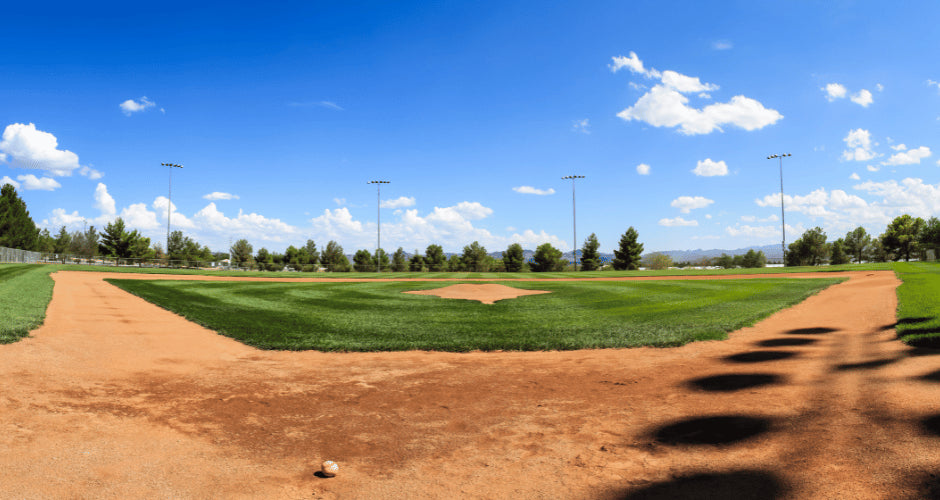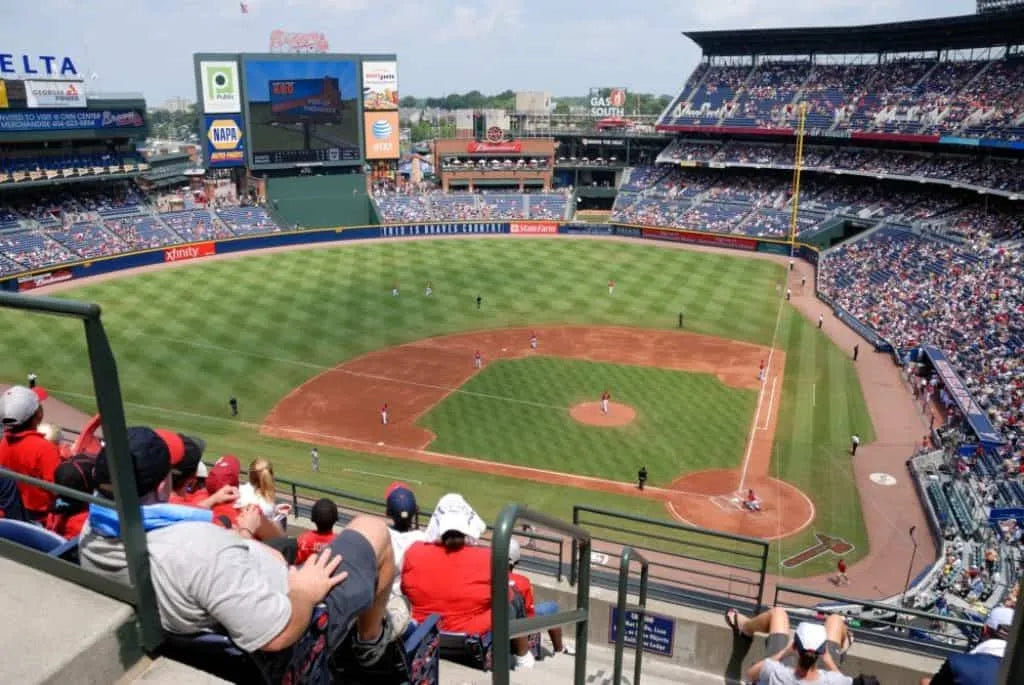Your bag(0)
Your cart is empty
Continue ShoppingSearch
- Baseball Cards
- Apparel
- Fan Favorites
- Collection
- About Us
- Blog
$
USD / EN
Store locator
-
Get In Touch
1 Joy Street #6
Boston MA, 02018
chris@rbilife.com
-
Heading
Add address
-
Heading
Add address
Example product title
Size
Color
Quantity



